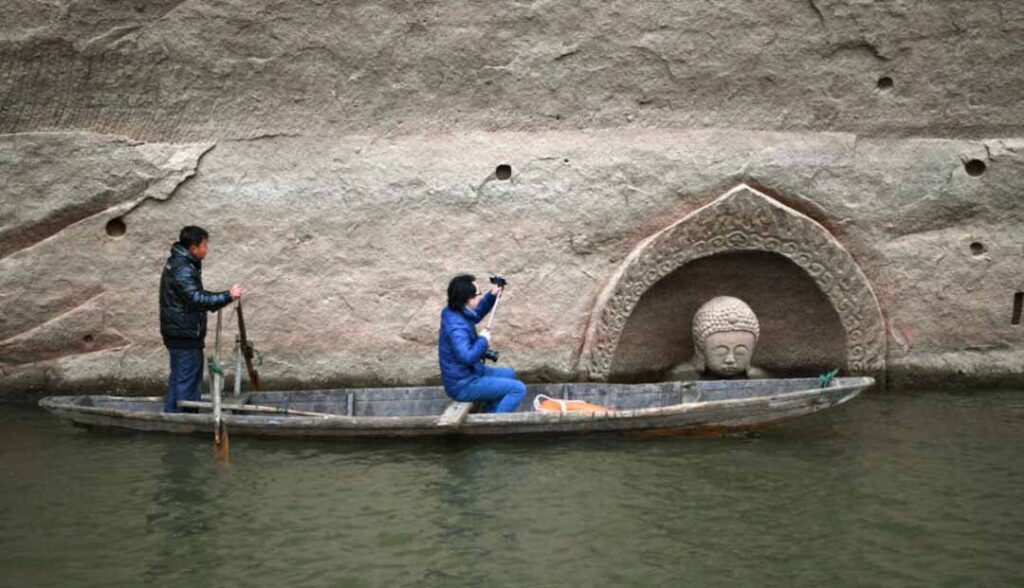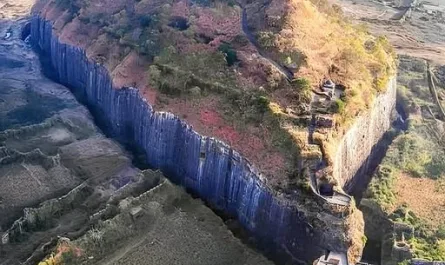In the heart of Mexico, a startling discovery was made in August 2015 beneath the legendary El Castillo temple in…
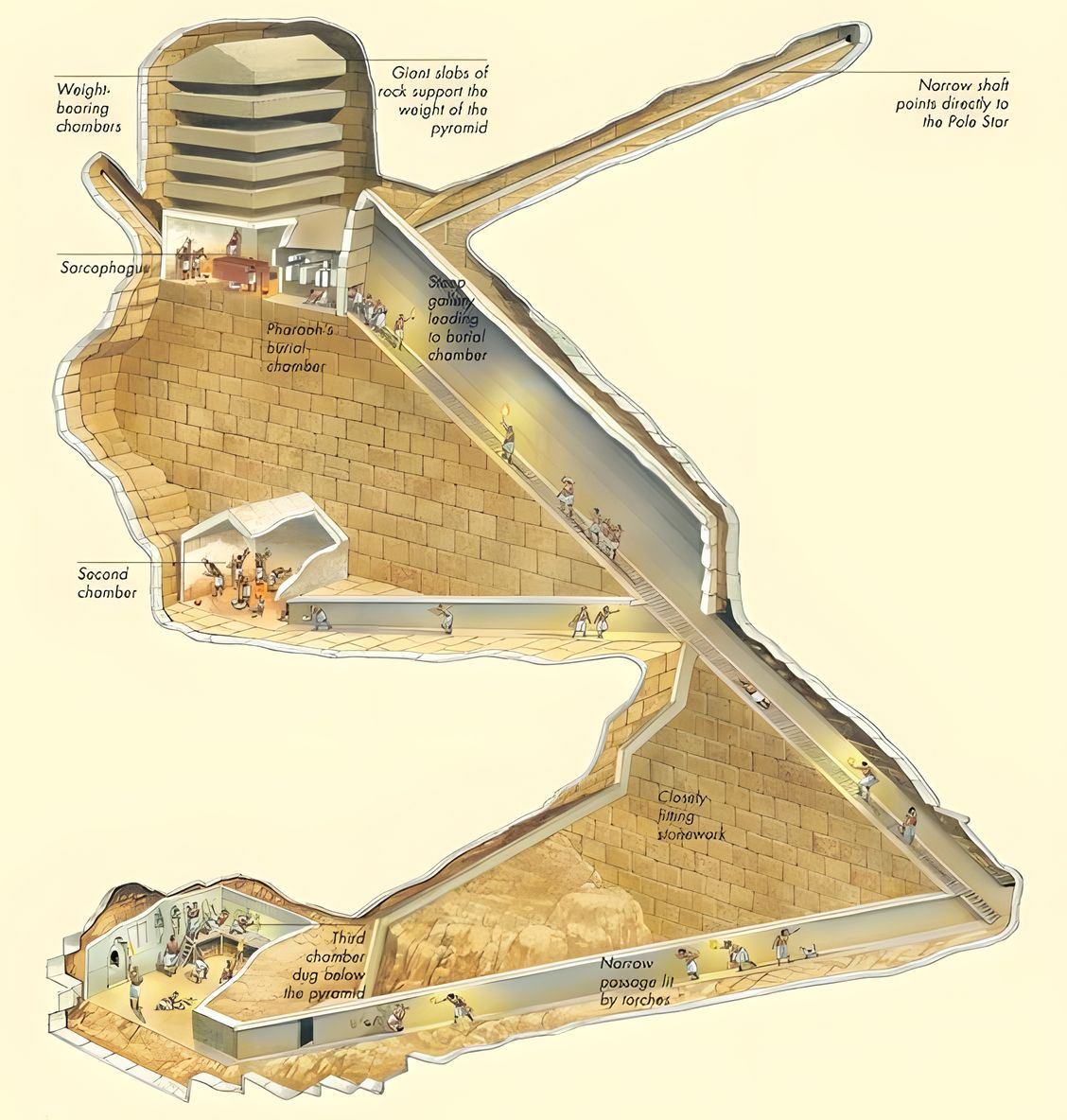
In the heart of Mexico, a startling discovery was made in August 2015 beneath the legendary El Castillo temple in Chichen Itza. Researchers, concerned about the temple’s structural integrity due to a detected sinkhole, initiated a thorough exploration of the site. Their findings unveiled a monumental architectural secret: nested pyramids within the grand pyramid itself.
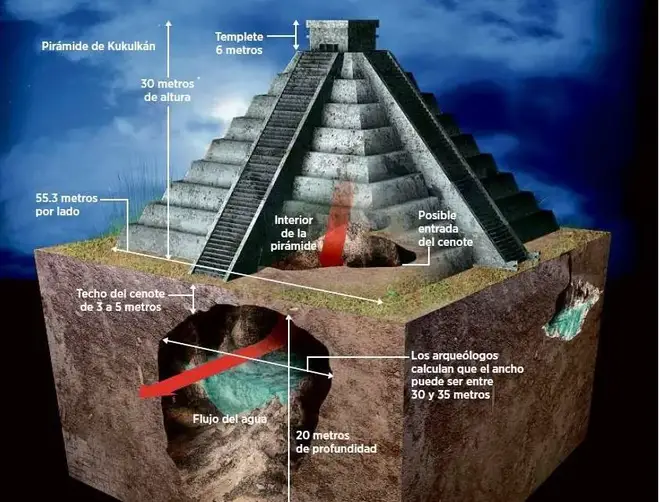
Experts have found that the pyramid at Chichen Itza isn’t a standalone structure. Rather, it is a series of three pyramids built within each other, reminiscent of nesting Russian dolls. This architectural phenomenon is neither an anomaly nor exclusive to Chichen Itza. A similar pattern exists in the Great Pyramid of Cholula near Mexico City and even in Djoser’s pyramid in Egypt’s Saqqara.
Historically, the same design principles, construction methods, and measurements were used time and again, as though following a template. The big question emerges: Why did ancient civilizations repeatedly rebuild these structures?

Ancient astronaut theorists posit a provocative theory. They suggest that perhaps extraterrestrials, believed by some to have influenced ancient architecture, had specific, yet-to-be-understood intentions. As the structures evolved over time, was there a push towards larger, more expansive architectural designs? Could these structures have served a technological purpose unknown to us?
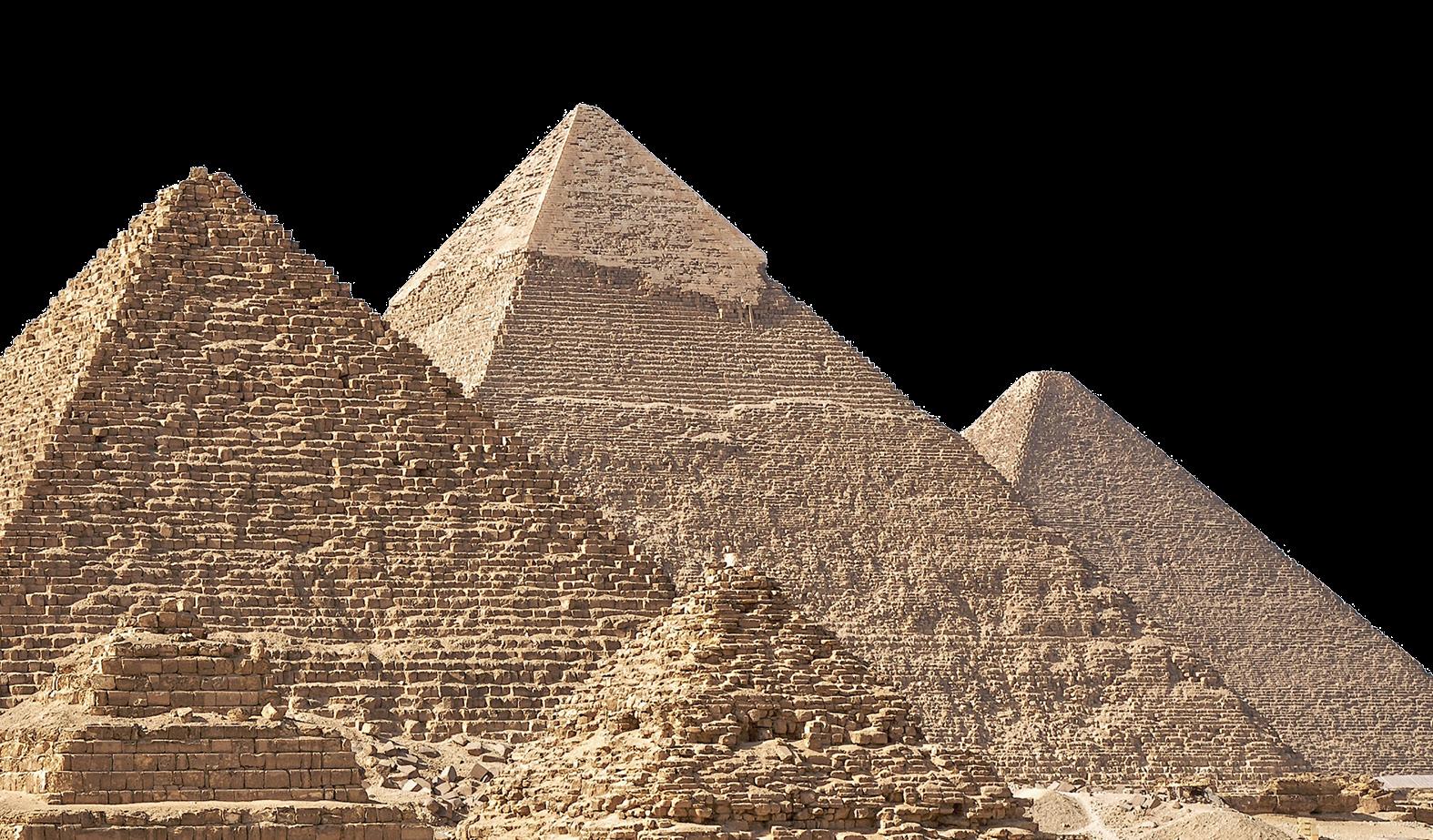
Delving deeper into history, the idea of a worldwide grid connecting these sacred sites isn’t new. Ancient Greek philosophers, including Plato, believed in the deliberate positioning of sacred places along distinct lines across the Earth’s face. This concept gained momentum in the 1960s when researcher Ivan T. Sanderson proposed a planetary grid based on Plato’s philosophies. Subsequent researchers expanded on Sanderson’s model, proposing a global geometric pattern, its epicenter being the Great Pyramid.

Remarkably, Russian experts cataloged over 3,300 stone structures worldwide. Their studies showed that every single one aligned with this geometric grid pattern. Stonehenge, the Bermuda Triangle, megaliths in West Africa, and the pyramids in Peru and Mexico, among other landmarks, fit into this grid.
The strategic placement of these ancient landmarks may not have been random. It’s postulated that these sites, strategically linked, functioned like an intricate circuit board, amplifying the power of each connected location.



